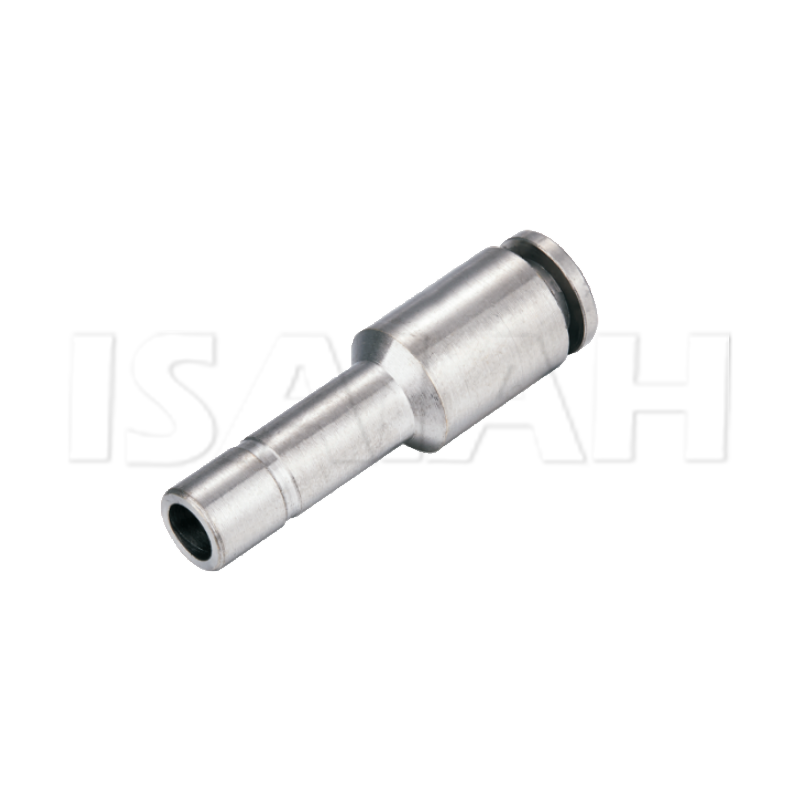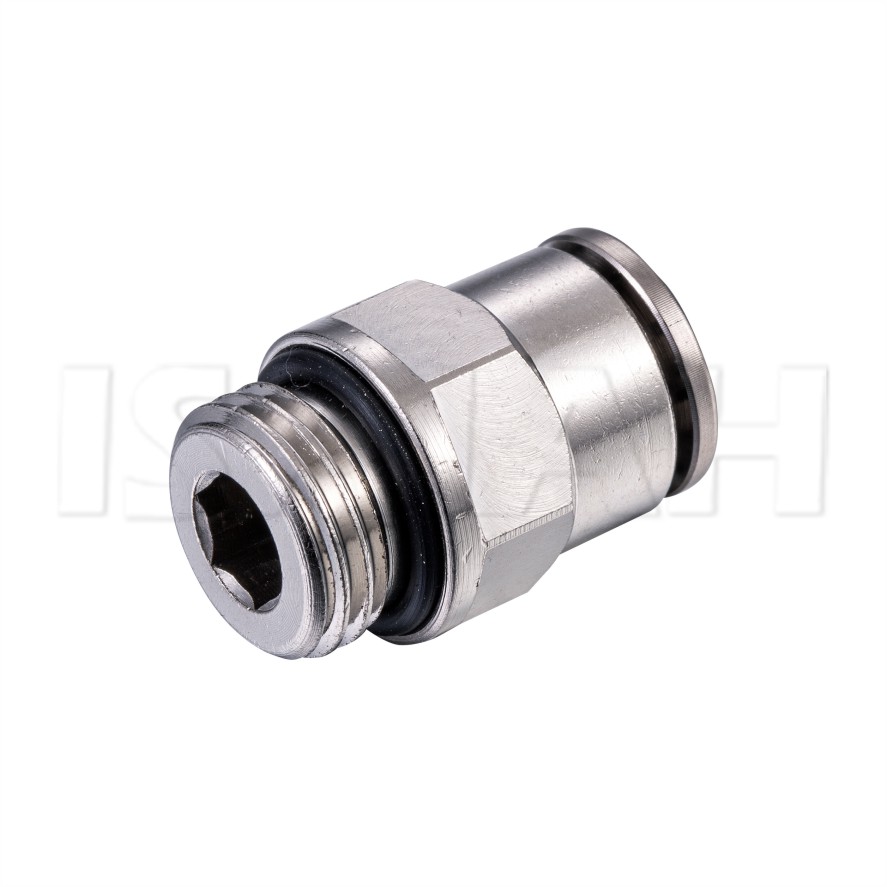Introduction
In industrial automation and pneumatic systems, speed, efficiency, and reliability determine how effectively equipment can perform under demanding conditions. A quick exhaust valve is a small yet powerful component designed to accelerate the exhausting of compressed air, helping pneumatic actuators operate faster and more responsively. By reducing backpressure and allowing air to escape directly into the atmosphere, this device improves cycle times, optimizes energy use, and supports smoother machine operations. Understanding what a quick exhaust valve is and how it functions in a pneumatic circuit is essential for engineers, technicians, and professionals involved in automation, robotics, and industrial control.
What is a Quick Exhaust Valve?
A quick exhaust valve is a type of directional air valve used in pneumatic systems to quickly discharge compressed air from a cylinder or actuator without routing it back through the control valve. Unlike standard exhaust methods, which force air to travel back through long passages, a quick exhaust valve provides a direct outlet to the atmosphere. This bypass reduces resistance and dramatically shortens the exhaust time.
In practice, the quick exhaust valve is mounted close to the actuator, usually at the port of a pneumatic cylinder. When air is supplied for retraction or extension, the valve seals off the exhaust port. Once the supply stops, the valve automatically opens to release the trapped air in a rapid burst. This mechanism increases the efficiency of reciprocating motions, making it especially useful in applications requiring frequent and fast strokes.
Core Function of a Quick Exhaust Valve in a Pneumatic Circuit
The primary function of a quick exhaust valve in a pneumatic circuit is to speed up actuator movements by releasing air as quickly as possible. Its purpose can be summarized in three essential actions:
Reduce Backpressure – By providing a shorter air escape path, the valve prevents unnecessary resistance that slows down piston or diaphragm motion.
Increase Cycle Speed – Faster air release translates into quicker cylinder strokes, which improves cycle times in production processes.
Enhance Efficiency – Because the valve optimizes airflow, less energy is wasted, and the pneumatic system performs with greater precision.
For example, in a double-acting cylinder, compressed air enters one side while the opposite side must exhaust. Without a quick exhaust valve, this exhaust has to travel through the control valve, which restricts flow. With the valve installed near the cylinder, air escapes instantly, ensuring smoother and faster retraction or extension.
Design and Construction of Quick Exhaust Valves
Quick exhaust valves are typically compact, lightweight, and designed for easy integration. The most common designs consist of three ports:
Inlet Port – Connected to the actuator or cylinder.
Outlet Port – Connected to the supply valve or air source.
Exhaust Port – Directly open to the atmosphere for rapid venting.
The internal mechanism often includes a flexible diaphragm or a movable disk that shifts based on pressure differences. When supply air enters, the diaphragm seals the exhaust port, directing air into the cylinder. When supply pressure drops, the diaphragm shifts back, instantly opening the exhaust path.
Below is a simplified comparison of standard exhaust versus quick exhaust operation:
| Feature | Standard Exhaust Path | Quick Exhaust Valve Path |
| Exhaust travel distance | Long (through control valve) | Short (direct to atmosphere) |
| Cycle speed impact | Slower actuator response | Faster actuator response |
| Installation point | Near directional control valve | Near actuator or cylinder |
Applications of Quick Exhaust Valves in Pneumatic Systems
Quick exhaust valves are widely applied across industries where speed and efficiency are critical. Some notable use cases include:
Packaging Machines – Ensuring faster clamping, sealing, and ejection cycles.
Robotics – Improving actuator speed for gripping and positioning tasks.
Press Machines – Accelerating pressing strokes while maintaining control.
Conveyor Systems – Enhancing stop-start functions by reducing response delays.
Textile and Printing Machinery – Supporting rapid repetitive movements without overheating the pneumatic system.
By shortening actuator cycle times, quick exhaust valves help industries increase production throughput, reduce downtime, and maintain consistent product quality.
Advantages of Using a Quick Exhaust Valve
The adoption of quick exhaust valves offers several operational and economic advantages:
Increased Productivity – Faster actuator strokes mean machines can complete more cycles in less time.
Energy Savings – By lowering backpressure, the system uses compressed air more effectively.
Extended Valve Life – Because the directional control valve no longer handles large exhaust volumes, its wear is reduced.
Compact and Cost-Effective – Quick exhaust valves are affordable, easy to install, and require minimal maintenance.
Here’s a comparison of benefits with and without quick exhaust valves:
| Criteria | Without Quick Exhaust Valve | With Quick Exhaust Valve |
| Cylinder response time | Slower | Significantly faster |
| Control valve wear | Higher due to backpressure | Lower, extended lifespan |
| Energy efficiency | Moderate | Improved |
| Maintenance demand | Frequent | Reduced |
Limitations and Considerations in Pneumatic Circuits
Although quick exhaust valves provide significant benefits, they are not universally applicable. Engineers must consider certain factors before installation:
Noise Levels – Direct atmospheric exhaust can create high noise, requiring silencers or mufflers.
Contamination Risks – Open exhaust ports may allow dust or particles into the system if not protected.
Over-Speeding Risks – Extremely fast cylinder retraction or extension may cause mechanical shock or wear in some applications.
Correct Sizing – Selecting the right valve size is crucial for compatibility with cylinder bore and airflow requirements.
When carefully chosen and installed, these challenges can be mitigated, ensuring reliable performance.
Integration of Quick Exhaust Valves in Pneumatic Circuit Design
Placing the quick exhaust valve close to the actuator is key for optimal performance. The following guidelines should be followed:
Cylinder Mounting – Install the valve at the cylinder port for shortest exhaust path.
Directional Valve Coordination – Ensure compatibility with the existing directional control valve.
Flow Capacity Matching – Select a valve with sufficient Cv rating to handle airflow volume.
Noise Control – Add silencers to maintain a safe working environment.
In many circuit designs, a quick exhaust valve may also be used with shuttle valves or check valves to create more complex control systems. This flexibility makes it a valuable tool for engineers seeking both speed and precision.
Maintenance and Best Practices for Quick Exhaust Valves
To maintain peak performance, quick exhaust valves require regular inspection and simple upkeep. Best practices include:
Routine Cleaning – Prevent dust or particles from clogging the exhaust port.
Seal Inspection – Check diaphragms or seals for wear that may cause leaks.
Air Filtration – Use filters upstream to minimize contamination risks.
Lubrication – Ensure the pneumatic system has proper lubrication to prevent sticking.
Proactive maintenance not only extends the life of the valve but also ensures consistent pneumatic circuit performance.
Conclusion
A quick exhaust valve is a small but vital component in pneumatic circuits, designed to improve efficiency, speed, and overall performance. By allowing compressed air to exit directly into the atmosphere, it reduces backpressure, accelerates actuator movement, and protects control valves from excessive wear. Industries across packaging, robotics, and automation rely on this valve to enhance productivity and energy efficiency. Proper selection, installation, and maintenance ensure that quick exhaust valves deliver lasting value in high-performance pneumatic systems.
FAQ
Q1: What is the main purpose of a quick exhaust valve?
The main purpose is to release compressed air directly into the atmosphere, reducing backpressure and enabling faster actuator movements.
Q2: Where should a quick exhaust valve be installed in a pneumatic system?
It should be mounted as close as possible to the actuator or cylinder port for maximum efficiency.
Q3: Can a quick exhaust valve be used in hydraulic systems?
No, it is specifically designed for pneumatic systems and is not suitable for high-pressure hydraulic applications.
Q4: What are the main disadvantages of quick exhaust valves?
Potential noise issues, contamination risks, and mechanical shock due to rapid actuator movement are the main drawbacks.
Q5: How do I know what size quick exhaust valve to choose?
Selection depends on the bore size of the cylinder, required flow capacity, and system operating pressure.






























